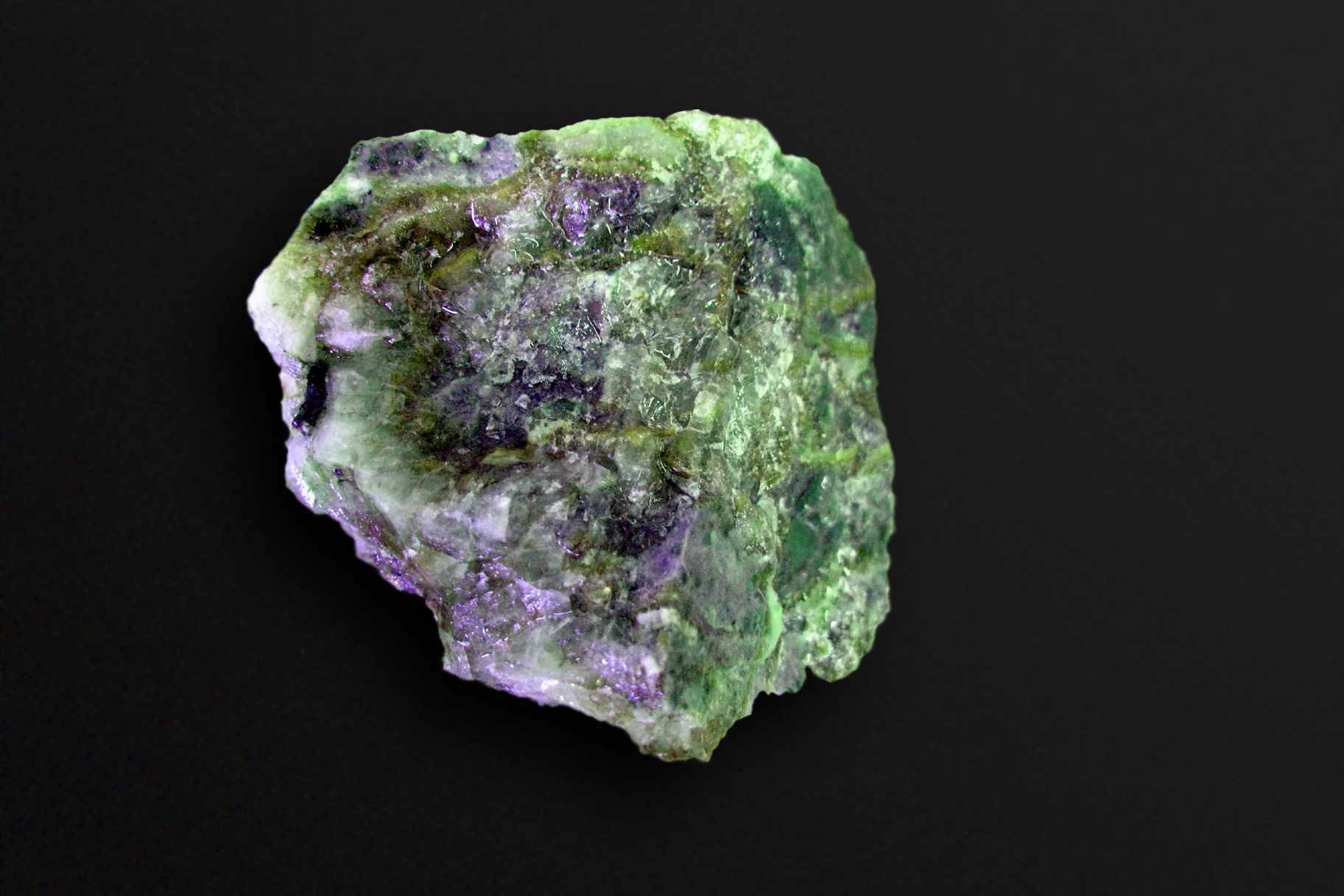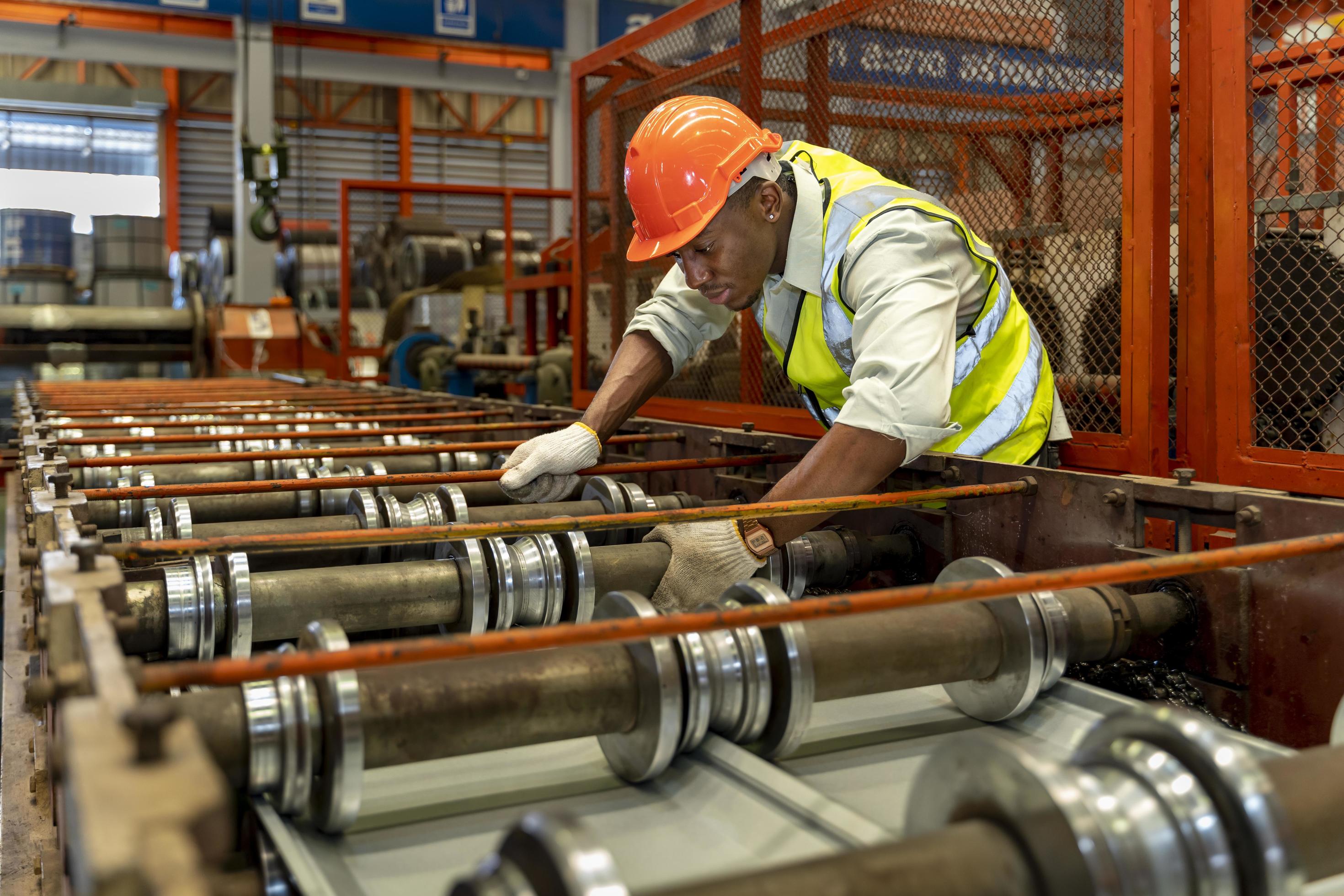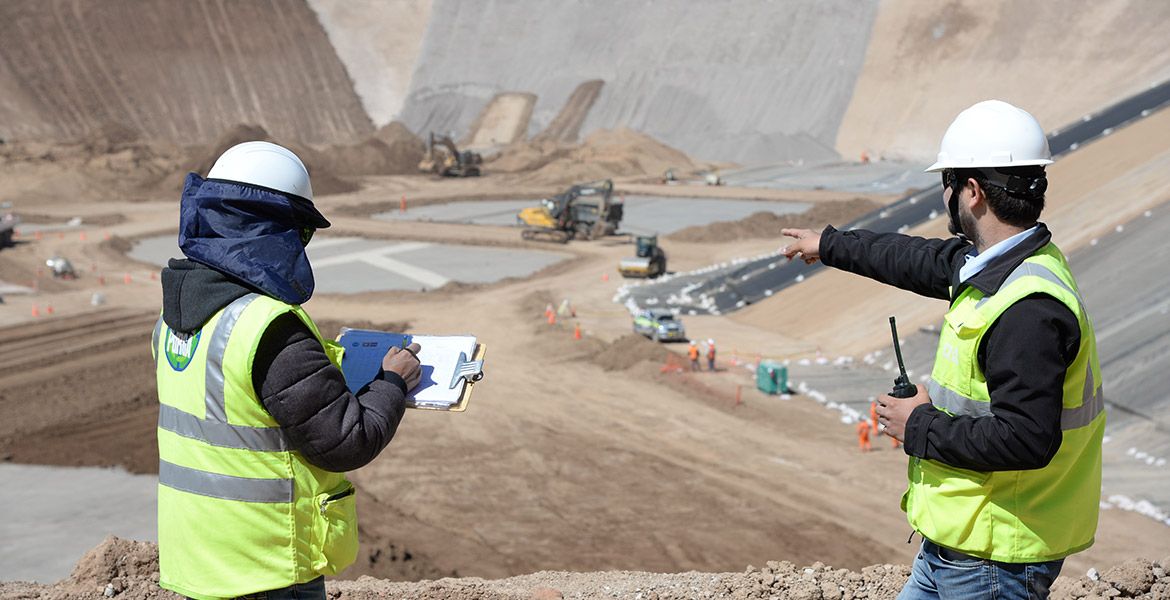
Wednesday 30th January 2013 was a particular significant date for Canada Fluorspar Inc (CFI). It was on this day that the company proudly announced the results of a newly completed Preliminary Feasibility Study (PFS) for its St Lawrence fluorspar project in Newfoundland.
Historically used in aluminium production, protective clothing containing Kevlar, Teflon for non-stick frying pans, and refrigerants and air conditioning, fluorspar is a halide mineral of increasing importance, specifically when it comes to new manufacturing technologies.
In the last decade the fluorspar sector has become largely vertically integrated as more major chemical companies have sought to secure supply. While not by any means a scarce resource, fluorspar projects of significant scale do remain rare, and as China continues to reduce its exports and cut supply as consumption In China continues to grow, the rest of the world is increasingly being forced to develop limited new fluorspar resources.
An essential component in lithium batteries, fluorspar currently has a global consumption rate of over six million tonnes a year, a figure that is predicted to increase rapidly to over seven million tonnes by 2015, as the market for smart phones and tablet PCs continues to expand unabated.
CFI has formed a 50/50 partnership called Newspar with French chemical giant Arkema Inc. Together they own the mineral rights to the extensive St Lawrence fluorspar veins next to the town of St Lawrence, one kilometre from the Atlantic Ocean. It is here that the company benefits from the existence of substantial infrastructure, including access to the provincial power grid, a mill, tailings pond and a range of buildings.
Prepared by independent engineering firm Roscoe Postle, the PFS conducted on the St Lawrence project is based on updated capital and operating costs, as well as the existing resource estimate. Taking these figures into account, the PFS estimates that CFI is looking at a 131,000 tonnes per annum fluorspar production, which is an increase from its previous estimate of 122,000 tonnes per annum.
“The results of this PFS,” states President and Chief Executive Officer, Lindsay Gorrill, “highlight the economics of the project, which combined with the size, quality, logistical and infrastructure advantages make this a hugely significant fluorspar asset. In addition to this, we are bullish on the long term demand of fluorspar as world consumption continues to grow.”
The PFS base case pre-tax NPV is $124 million, while the pre-tax IRR is set at 16.4 percent, assuming a 5.0 percent discount rate. The capital costs associated with the pre-production phase are estimated to be $154 million with on-going capital costs expected to be $72.5 million, which will be paid from cash flow generated by the project.
The base case has been constructed under the assumption that the long term price of fluorspar will average around $500 per tonne. This prediction is supported by long-term demand estimates and the relatively stable prices that the mineral enjoys compared to others.
The PFS proposes that initial production from the Blue Beach North mine will provide the first six-and-a-half years of production, followed by an additional seven-and-a-half years of production from the Tarefare No. 2 mine.
The run of mine (ROM) production over the mine life is anticipated to average around 386,000 tonnes per annum of ore, 412,000 at Blue Beach and 365,000 at Tarefare, providing an average concentrate production of 131,000 tonnes per annum.
In developing the PFS it was decided that the Alimak mining method would be the suitable for the ore body geometry of CFI’s assets as it is believed to provide the safest, more efficient and cost effective method of extraction. The actual processing operation will initially require the upgrading of the mill feed via a dense media separation plant, followed by grinding and floatation, to produce a high quality concentrate. The company will benefit from the significant cost advantage of being within close proximity to tide water less than two kilometres away from the mill site.
Given the size of the resource estimate, the project is expected to have a mine life of approximately 14 years, however there are significant resources in addition to currently defined mineral reserves which will provide the opportunity to extend the mine life further still.
In addition to the PFS, as previously announced, an additional review is currently being undertaken by Newspar, in order to establish a more precise understanding of the St Lawrence project’s anticipated cost and scope. That review process is considering of a range of mining, milling and infrastructure options that may be applicable to the project. As a result, no final decision on the project’s cost and scope has been made as of yet, nor will it be made until such time that the review process has been completed in full.
Following on from the positive results the company collected from the samples it took from one of its trenches within the Director Vein of the St Lawrence project during the early part of 2012, results that revealed CFI was standing on top of a 90.7 percent fluorspar vein measuring approximately 9.4 metres in width, it carried out surface trenching of the vein during its 2012 exploration programme. At press time, this had led to the uncovering of fluorspar mineralisation at eight locations
The trenches are located over an area that extends more than 1,050 metres to the south of the old workings of the Director Vein, and indicate surface mineralisation with widths varying from 3.4 metres to a massive 23 metres.
Based on the positive results that CFI has received from both its PFS and from its surface trenching operations, it now begins work on its 2013 drilling programme on the southern extension of the Director Vein with renewed optimism and an even greater sense of excitement for what the years ahead will hold.
Written by Will Daynes, research by Marcus Lewis



 CanadaFluorspar-AmericasMining-Mar13-Bro-s.pdf
CanadaFluorspar-AmericasMining-Mar13-Bro-s.pdf









